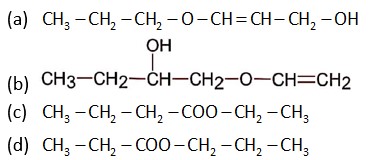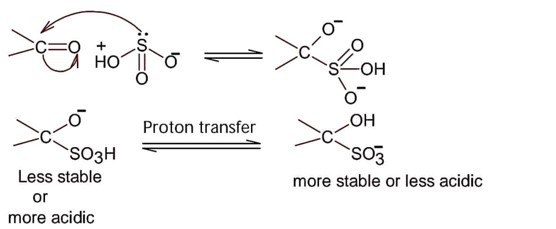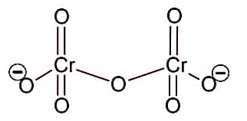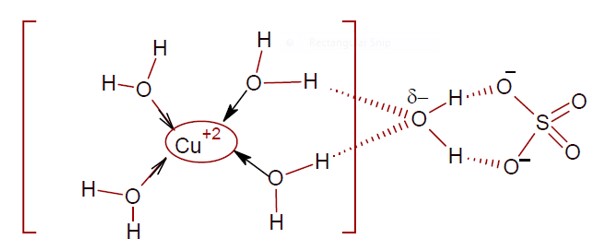Block D and F Elements
Get insights from 163 questions on Block D and F Elements, answered by students, alumni, and experts. You may also ask and answer any question you like about Block D and F Elements
Follow Ask QuestionQuestions
Discussions
Active Users
Followers
New answer posted
a month agoContributor-Level 10
Wt of Cl- in 100 ml = 1.8 * 10-3 gm
Mol. of Cl- in 100 ml =
i.e. 0.507 milli mole in one lit required in one hr.
Coagulation value = (millimole/lit) required in one hr = 0.507
= 1 (the nearest integer)
New answer posted
a month agoContributor-Level 10
ln
ln
only one electron is unpaired in anti bonding MO,
Hence [n = 1 and
New question posted
a month agoNew answer posted
a month agoContributor-Level 10
Here A is CH3 - CH2 – CH2 – COO – CH2 – CH3
The given sequence of reaction is:
New answer posted
a month agoContributor-Level 10
Nucleophilic addition of sodium hydrogen sulphite to aldehyde or ketone is a;

So; nucleopilic addition of sodium hydrogen sulphite to an aldehyde or a ketone involves proton transfer to form a stable ion.
Addition of hydrogen cyanide;
Final product is cyanohydrin.
New answer posted
a month agoContributor-Level 9
La+2 (z = 57) = 5d1
Ce+2 (z = 58) = 4f2
Nd+2 (z = 60) = 4f4
Yb+2 (z = 70) = 4f14
Yb+2 has no unpaired electrons thus diamagnetic in nature.
Taking an Exam? Selecting a College?
Get authentic answers from experts, students and alumni that you won't find anywhere else
Sign Up on ShikshaOn Shiksha, get access to
- 65k Colleges
- 1.2k Exams
- 688k Reviews
- 1800k Answers





